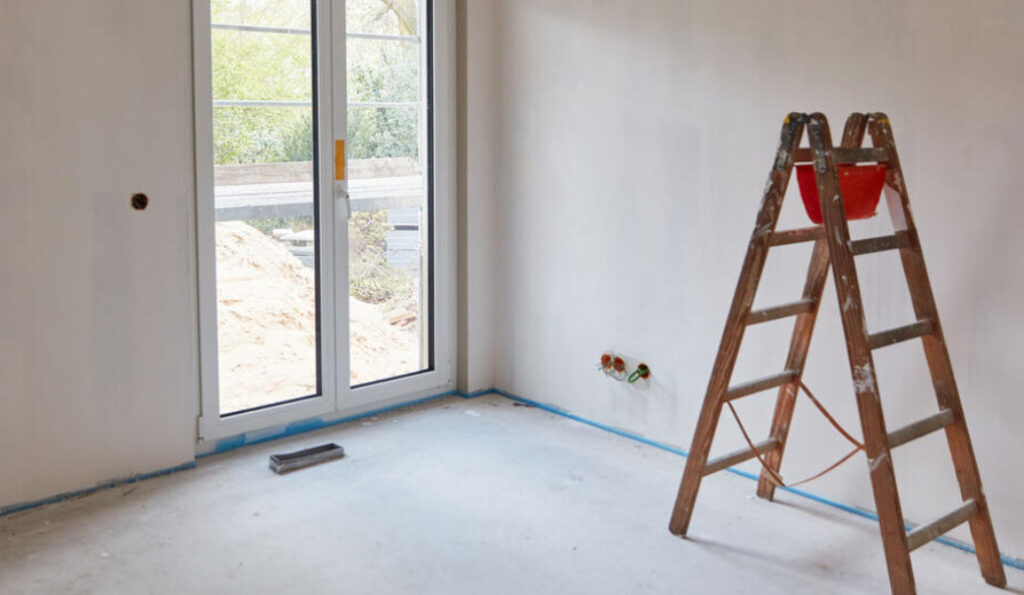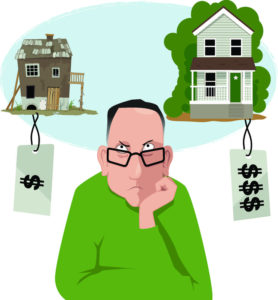What does arm’s length mean in real estate?
An arm’s length sale in real estate is a transaction between an unrelated seller and buyer. In this type of transaction, each party acts independently and in their own best interests. The property is exposed on the market for a reasonable length of time and is unaffected by special financing or sales concessions. Therefore, the sale price most likely reflects the market value.

What does non-arm’s length mean in real estate?
A non-arm’s length sale in real estate is a transaction between a seller and buyer who have a connection by marriage, family, work, etc. Because of their relationship, each party may not be acting in their own best interests. Therefore, the final price may not reflect the market value of the property.
The 7 sale types in real estate
The type of sale can provide some clarity into whether the transaction was (or currently is) an arm’s length transaction, whether a comparable sale should be used, or whether an adjustment is warranted for the terms of sale for a comparable. By knowing the type of sale, you are better able to reconcile a current opinion of market value that falls above or below a current or recent transaction for the subject property.
For appraisals required to be Uniform Appraisal Dataset (UAD) compliant, you must indicate the type of sale for the transaction. You may report any other relevant information regarding the sale type in the appraisal report, including whether more than one sale type applies.
Here are the seven valid sale types, explained in detail below:
- REO sale
- Short sale
- Court ordered sale
- Estate sale
- Relocation sale
- Non-arm’s length sale
- Arm’s length sale
REO sale
A Real Estate Owned (REO) transaction is a sale of a home that has been foreclosed and the lender is the owner/seller of the home. The transaction is between the lender and the buyer. Usually these homes are sold “as is” and typically are priced to sell relatively quickly. Sometimes the home is in poor condition or may require extensive repairs.
Short sale
Unlike an REO or foreclosure sale, the homeowner still holds title to the property, but sells short for less than what is owed on the property. Usually, the homeowner is suffering some type of financial hardship which is preventing them from meeting the mortgage payments. The homeowner and the lender must agree to accept a shortage and must approve the sale. Sometimes these sales require extended time to negotiate with the lender and obtain approval for the sale, and there may be some additional costs or outstanding liens that need to be paid off.
Court ordered sale
A court ordered sale may be the result of a dispute among the owners, divorce, death of one of the owners, or a foreclosure where the borrower defaulted on paying the mortgage. Once the redemption period expires (if applicable), the court will issue an order directing the sale or other disposition of the property. This is the point at which the owner has lost control over the ability to sell the property. The property is sold by an official (trustee or sheriff) appointed by the court, usually to satisfy a judgment or implement another order of the court.
Estate sale
The estate is the real estate owned by a decedent at the time of his or her death. The estate is probated so that the real estate can be sold and the proceeds are distributed to the decedent’s heirs. The sale is handled by a representative (executor) named in a will and/or appointed by the probate court.
Relocation sale
Larger companies hire a relocation company to sell the property of an employee that is being transferred or moved to another state. The relocation company may buy the property at an agreed upon price with the corporate employee, then in turn sell the property to the market in an “as is” condition. Often, the property is attempted to be sold quickly, so the property may not be exposed as long as competitive properties in the market.
Non-arm’s length sale
As stated above, a non-arm’s length sale is a real estate transaction in which the seller and buyer have a connection by marriage, family, work, etc. As a result, this type of transaction’s final price may not reflect the market value of the property. Lenders and appraisers view this type of transaction as riskier because the parties involved are not necessarily acting independently of each other.
Arm’s length sale
As explained above, an arm’s length sale is defined as, “A transaction between unrelated parties who are each acting in his or her own best interest.”1 For this type of transaction, the property is exposed on the market for a reasonable length of time and payment is in cash or its equivalent. The property sold is unaffected by special or creative financing or sales concessions. This type of sale is the least risky to the lender and is most likely to be closest to market value.
What is market value?
In general, market value is defined as the most probable price a property should bring in a competitive and open market. This definition requires an arm’s length transaction with each of the parties acting in their own best interests. Additionally, it requires that the buyer and seller are not acting out of undue haste or duress and that the real property has been exposed on the market for a reasonable period of time.
Reference: The Appraisal Institute, The Dictionary of Real Estate Appraisal, 6th. Ed.








